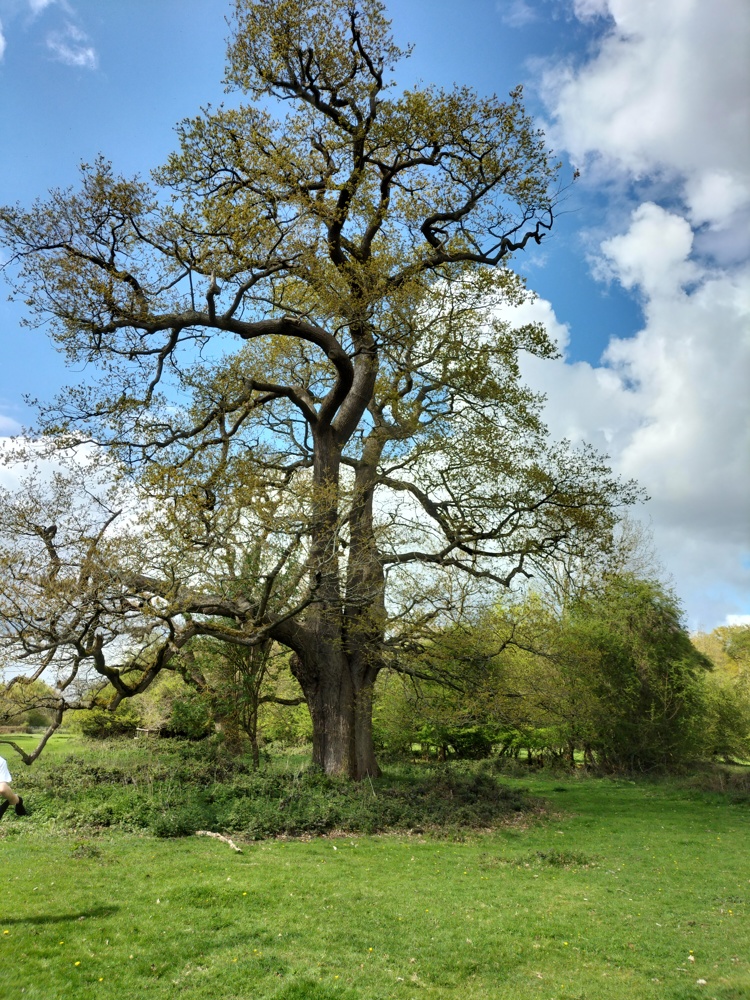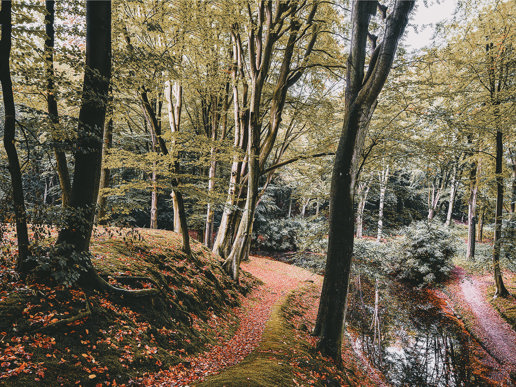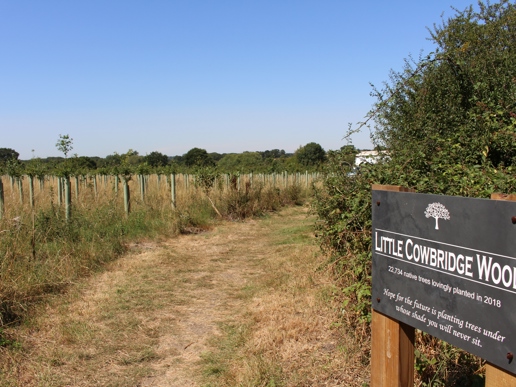National Tree Week – Its time to grow a tree in '23!

2023 marks the 50th year of National Tree Week, an event that celebrates all things 'tree-related'. While much of the focus is on growing trees and their environmental benefits, we often neglect or perhaps don’t realise the unseen benefits that trees bring us.
The recent illegal felling of the Sycamore Gap tree on Hadrian’s wall shocked people around the world and highlighted people’s appreciation of trees and the natural environment. Similar reactions made the headlines about tree removal in Sheffield, Plymouth, and on projects like HS2, so apart from the obvious love of trees for the environment, aesthetics, and wildlife, what other value do trees provide?
For decades, there has been a huge amount of research into the “unseen” benefits of trees and green space. The global pandemic in 2020 was a turning point for many people who saw access to open space as a necessity for mental health and wellbeing.
In some countries access to outdoor green space is now a clinical therapy. In Japan, access to forest and woodlands is known as 'shinrin-yoku', which translates to bathing in the forest atmosphere.
“Forest bathing” as it is now known, is widely recognised as a form of relaxation and meditation that helps participants to de-stress and improve mental health. It is estimated that almost 85% of the UK population lives in urban areas, disconnected from nature and the tranquility it provides. Studies have shown that forest bathing can reduce blood pressure, improve concentration and memory, and even boost your immune system. Plants and trees release a chemical called phytoncides, this chemical has antibacterial and antifungal properties which plants and trees use as a defense mechanism. As we breathe in phytoncides, our bodies increase white blood cells in response, which helps in boosting our immune system.

Just having visibility of trees and green space has been proven to improve health and even speed up healing from operations. The research carried out in 1984 also identified that patients with bedside windows overlooking trees needed less pain medication and had fewer post-surgical complications.
These health benefits also extend to more indirect methods of improving our health, apart from the obvious fact that trees provide the oxygen we breathe they also absorb airborne pollutants and can remove some soil contaminants such as heavy metals through their root systems.
The canopy of mature trees and vegetation significantly reduces temperatures in our towns and cities by providing shade, evapotranspiration (water vapour), deflecting sunlight, and shading buildings. With increasing temperatures, the importance of large trees in urban locations is all the more important and is essential in helping us survive in an ever-changing climate.
The root system of trees can intercept stormwater in urban environments and in more rural areas they can be used to alleviate flooding and the creation or re-establishment of natural flood plains can help with the ever-increasing threat of unseasonal rainfall and flash flooding as well as providing valuable habitats for wildlife and creating unique ecosystems.

Trees offer so much more than just a pleasing view or value for wildlife and these many benefits are often overlooked and forgotten entirely. Next time you consider planting a tree think about all the other advantages you will obtain from it and perhaps give more consideration to choosing the right tree for the position to ensure it can grow there to benefit you and future generations when you are gone.
At Green GAins Live, our annual biodiversity summit, Chris Chippendale (Ground Control), Andy Benson (Bumblebee Conservation Trust), and Mark Schofield (Plantlife) explored the challenges associated with turning 'grey-to-green' in the urban environment.

Ground Control fundraising for Help for Heroes begins

Seeing the wood for the trees: The importance of forests





